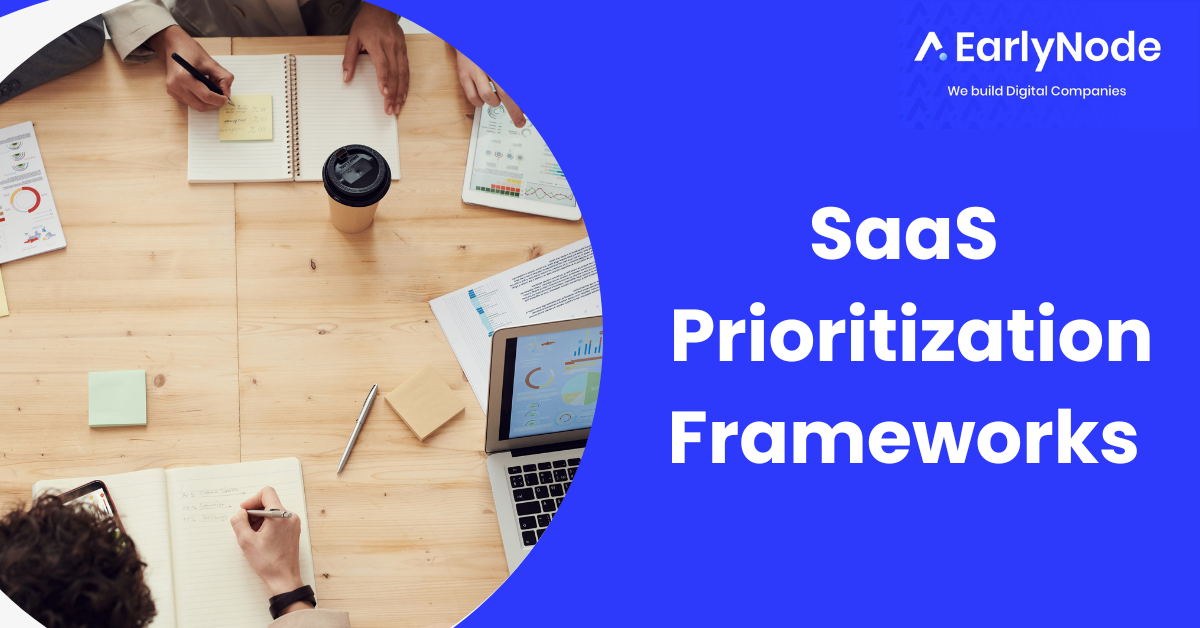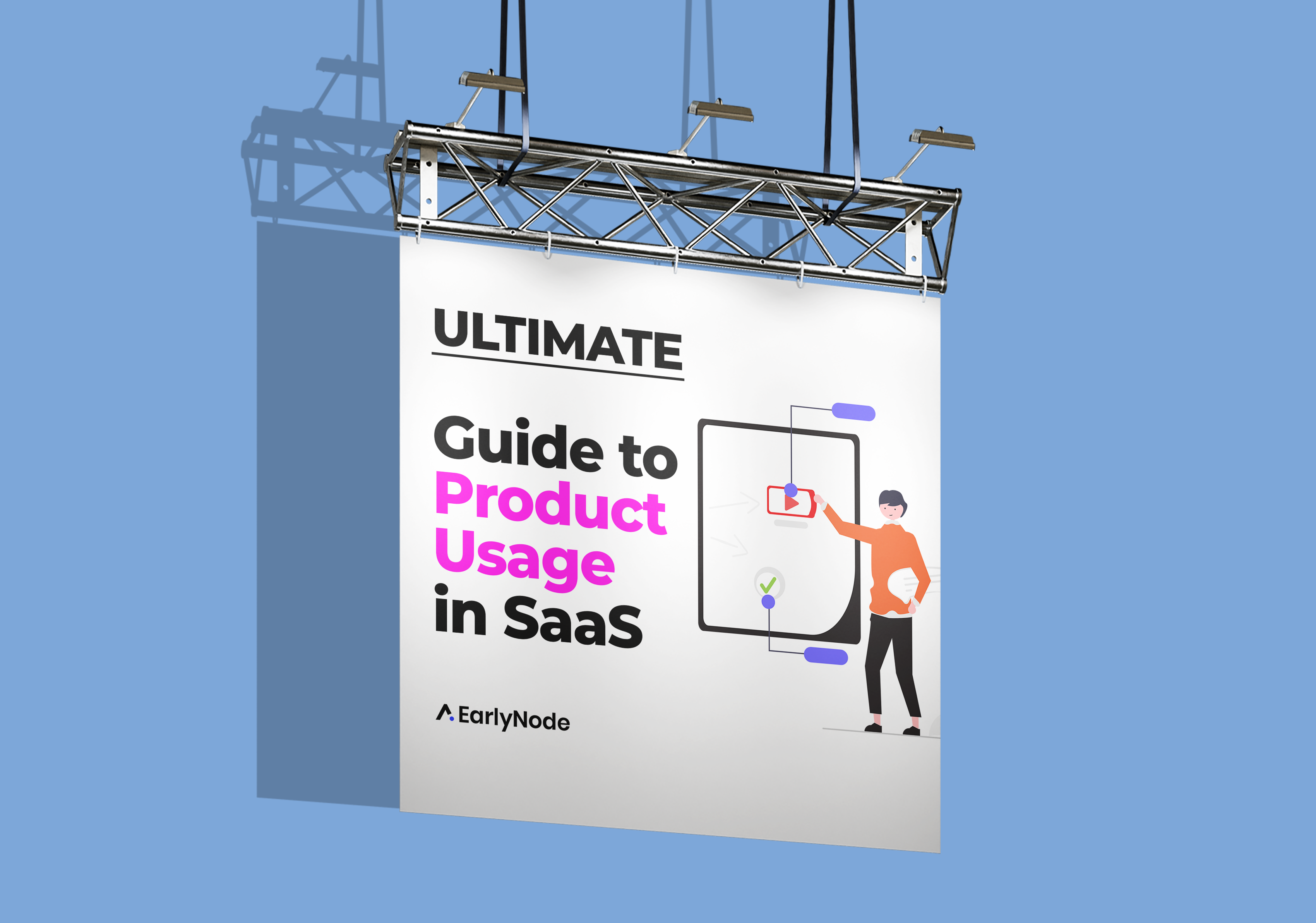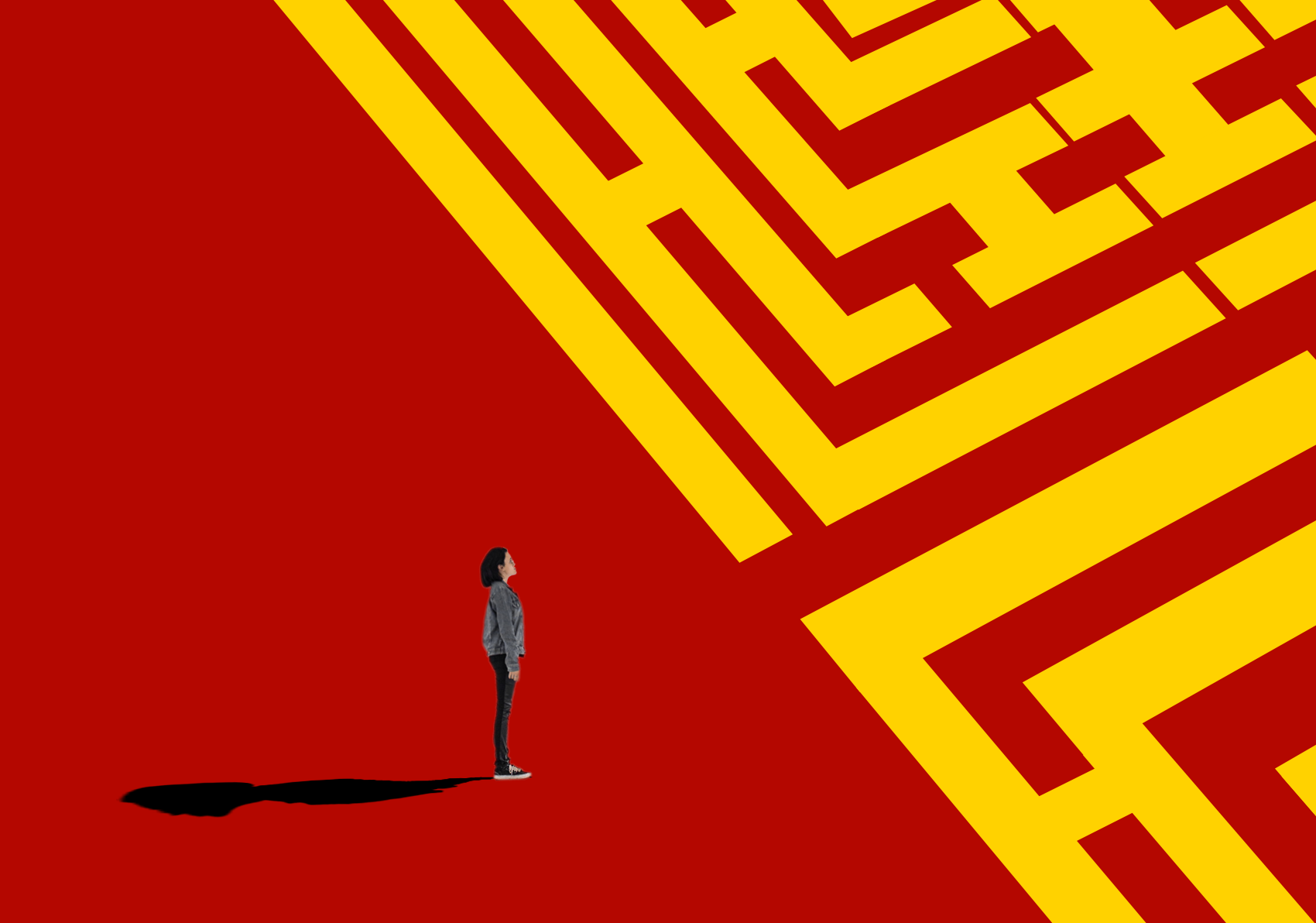The Ultimate guide to SaaS priority setting frameworks

As a SaaS product manager, choosing which features to add to your product can be a real headache. Which features will make your product stickier and also bring the best business value to your startup?
Why is good prioritization critical to your business?
You should prioritize well for two main reasons:
You’re on a limited budget.
Unless you’re a crazy rich billionaire with bottomless pockets, we assume you’re like one of us, either a bootstrapped startup or a VC-backed company that promised to make investors proud with the new cash infusion before the next funding round. Either way, you’re not sitting on a bucketload of money, so you must spend your resources wisely.
Your users
Prioritizing helps you know what features your users find valuable. They’re the ones who will hand you their credit cards. So it makes sense to prioritize which features will convert them and keep them happy. That doesn’t mean they dictate your decisions entirely. Ultimately, the features you prioritize should help you achieve your product vision.
How do you set priorities as a SaaS product manager?
The best way is to use a prioritization framework. A prioritization framework is a tried and tested mental model that uses criteria to help your product team rank features based on their business value to your product.
12 Popular Prioritization Frameworks for Product Managers
RICE Scoring
The RICE framework is a points-scoring system that assigns points to features based on 4 criteria which form the acronym. It helps to objectively determine which feature you should build first, based on the value and the effort it’ll take to make.
Reach = how many users will encounter the feature in a period. E.g., if there are 200 users, give a score of 200
Impact = what specific impact will it have on customers, Eg, increase in signups, etc.? Use a short rating scale—Eg. 0 for minimal impact or 5 for massive impact.
Confidence = How confident are you about the impact and reach scores? Choose one from these 3 scores: 100 = High confidence, 80% = Medium confidence, and 50% = low confidence. If it scores below 50%, why bother prioritizing?
Effort = How much effort and time is needed to build it. Score this by how much work one person can do per month. E.g., if it’ll take 2 person-months, your score is 2.
The formula for the RICE score is:
Reach x Impact x Confidence = RICE score
Effort
ICE Scoring
The ICE Scoring is the skinny version of the RICE model. It prioritizes high-impact features. It ranks on just three factors and typically uses a 1-10 rating system to keep it simple;
Impact = Same as for the RICE method above.
Confidence = Same as for the RICE method above.
Ease = How easy it is to build the feature.
The formula for ICE Score = Impact x Confidence x Ease
Kano Model
The Kano model is one of the customer-focused frameworks PMs use in prioritizing new features. It ranks features based on which ones will delight customers while costing less to build.
You can get insight and data for your ranking by surveying users to know how happy they will be to see a particular feature in your app.
The model works on a vertical and horizontal axis. In the horizontal axis, you rank a feature based on how much your team can implement it.
In the vertical axis, you rank based on how much you think users will love a feature. You rank them according to 3 categories:
Basic = these features are a must in your product; the barest minimum users expect, else they won’t even waste their time.
Performance = These are nice-to-haves. They improve performance and increase customer satisfaction. When left out, though, customers may get dissatisfied.
Delight = These features are also not must-haves, but when you add them, they wow your customers.
Features rated high delight and low cost are top of the list.
MoSCoW Prioritization
A very popular prioritization technique used to manage requirements. It helps teams determine value in four categories. Features are put into 4 buckets:
- Must-have = Just like the basic category in the Kano model, these are the minimum to make your product work. Adding them is non-negotiable. E.g., Login features.
- Should-have = Important but not critical. But they add significant value. E.g., a search bar.
- Could-have = Nice-to-haves but not essential. It doesn’t affect anything much if left out. Eg, dark mode
- Won’t-have = These are not a priority at this time. It can be considered for future releases.
Cost of delay
Combines urgency with value to prioritize which features. It ranks the financial risk of delaying a feature. So here you ask questions like:
- What’s the worth of this feature if we make it right now?
- How much would it be worth if it’s made earlier?
- How much would it cost us if we delayed it?
To rank, assign an expected weekly profit for each feature. Then estimate how much time each will take to build. Divide the profit by the estimated duration to get a score.
E.g., if feature A will bring in $10k weekly, and Feature B will bring you $25k each week, and assuming both take four weeks to build, you’ll prioritize the second one.
Constraints framework
This framework helps PMs prioritize what to build based on their constraints. This is especially useful for creating an MVP. First, identify all the constraints. It could be time, resources, or budget. Next, score the constraints by their impact. You can use a weighted score to make it more defined. Finally, prioritize them. The features with the highest weighted scores rank first.
Story Mapping
Story mapping is an excellent way to build SaaS products, especially an MVP to get validation quickly. It is a visual prioritization framework that relies on the customer’s experience. On the horizontal line, you map out each phase of the user’s journey through your website. It helps you visualize how your users use your product, from signup to getting started to using specific features or checkout.
On the vertical line, you stack the tasks under each bucket, with the crucial ones on top. This allows you to decide which features get priority.
Value vs. Complexity
This framework prioritizes features more objectively based on the business value. The product team scores each item by how much value it’ll add to the product, such as retention, ROI, etc., and how difficult it will be to implement, such as the total cost and time involved.
Affinity Grouping
This is another popular process where team members brainstorm ideas in groups, then write them on sticky notes. You then sort the ideas into groups based on their similarity. Members will now vote on which ideas are critical. At the end of the session, you have a list of prioritized ideas to start working on.
Eisenhower Matrix
The Eisenhower Matrix is a prioritization framework that helps you identify and focus on the most critical tasks, but you can modify it for features too. Use the framework to group features into four different categories:
Urgent and important = you need to add these quickly because they are critical.
Not urgent but important = valuable features, but can be pushed to another release date.
Urgent but not important = need to be implemented quickly but aren’t high value.
Not urgent and not important = not needed right now and will add little value anyway.
The Product Tree
This is a type of gamification activity. It’s designed to shape the product to meet your users’ expectations and bring solid business value to your company. This is how it works:
1. Draw a tree with a few big branches on a canvas or whiteboard.
- The trunk represents the features your product already has.
- The outermost branches are the features available for the next release.
- The branches closer to the trunk are the features that aren’t yet available.
2. Ask your participants to write features they’d love to see on sticky notes. These will be the leaves for your tree.
3. Then, ask your customers to place their ‘leaves’ on a branch.
You can identify the branches with the most leaves by asking customers to place their desired features on the tree. This will allow you to determine which areas of your product need more work, which features should be changed, and which ones you can schedule for future releases.
Buy-A-Feature
The Buy-A-Feature prioritization framework is a popular gamification framework that lets Product Teams collaborate with users to get solid feedback on what features customers value the most.
It works in a simple format:
- List the features you’re considering and set a price tag for each.
- Participants are grouped and given a ‘fake’ budget to shop for their desired features.
- Your product team observes how users spend the money on the features they want the most and which ones they avoid. At the end of the exercise, you’ll have first-hand info on what’s most important to your users and will likely bring a high ROI.
We wrote a whole article for you to learn more about how the Buy-A-Feature framework works. You can read it here.
Which framework would you use to prioritize product features?
Pros & Cons of each framework
| Framework | Pros | Cons |
| RICE Scoring | – Reduces personal bias – Quick and simple | – Not 100% accurate because it’s speculative. -Rigid. Not easily customizable |
| Kano | – Ideal for limited time & resources – Helps discover the most delightful features | – Time-consuming- Users might not understand features you’re surveying them about.- Does not account for effort or business goals. |
| ICE Scoring | -Quick and simple-reduces personal bias-It’s quantitative | Very subjective. Scores can easily be manipulated to get a feature prioritized. |
| MoSCoW Prioritization | – Gives an idea of what needs to be included in a product.- Dynamic. Allows room to evolve priorities- Collaborative- Allows for better prioritization of limited resources | – Doesn’t individually set priorities – Team bias may lead to overestimating Must-haves – Fails when setting priorities for features in the same category. |
| Affinity Grouping | – Collaborative | – Time-consuming- Requires much manual effort |
| Story Mapping | – helps identify MVP quickly- Collaborative- Centered around the user’s experiences | – Difficult to picture the end user behavior accurately.- Doesn’t account for business value or complexity. |
| Constraints framework | helps identify MVP quickly | Focuses on constraints instead of business value. |
| Value vs. Complexity | – Helps you identify your most valuable features. – Recognizes level of difficulty – Identifies quick wins | Subjective Time consuming Not ideal for extensive list of features |
| Eisenhower Matrix | Simple and clear Allows for quick decision making | Doesn’t account for difficulty of implementation Can be subjective and priorities misplaced |
| Cost of delay | – Allows you to quantify features in terms of money.- Helps you identify your most valuable features. – Gets your team to think in terms of speed and value. | – Speculative. Monetary values are based on gut feeling. – May lead to disagreements on the value assigned. |
| The Product Tree | – Highly collaborative – Gives a visual sense of how balanced your features are | – Isn’t quantitative, just a visual guide – Can be time-consuming |
| Buy-A-Feature | – Great for filtering features to highest value to users – Collaborative | -Time-consuming -Participants may not always decide correctly. |
Which framework would you use to prioritize product features?
So how do you know which is best for you and your organization? First, choose what aligns with your company culture and values. Second, no framework is one-size-fits-all. You’ll need to combine two or more frameworks to get a well-vetted way to prioritize. We provided a table as a guide for you to have an overview of how to classify the frameworks and which will best fit your culture.
| Collaborative | Gamification | CustomerSatisfaction | Resource-based | Quantitative |
| Affinity Grouping | Buy-a-Feature | Buy-a-Feature | Value vs. complexity | RICE |
| MoSCoW | Product Tree | Kano | Cost of delay | ICE |
| Eisenhower |
Prioritization frameworks are great for making quick decisions when you have little time and resources to sort out many ideas. It also reduces the temptation to prioritize based on gut feeling. But as you’ve seen, you can’t solely depend on a single framework. You need to combine, chop, and change to see what best fits your goals and objectives so that you have a more credible answer to justify your choices.


